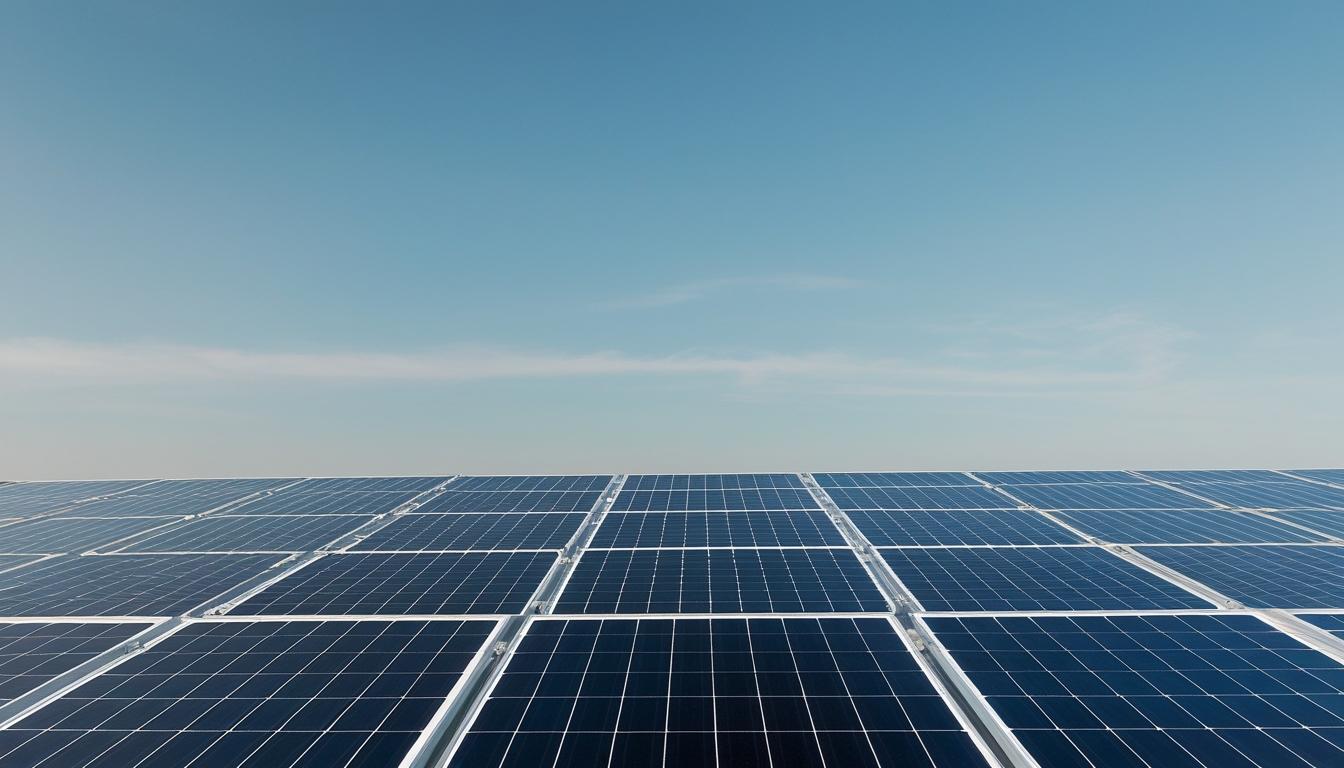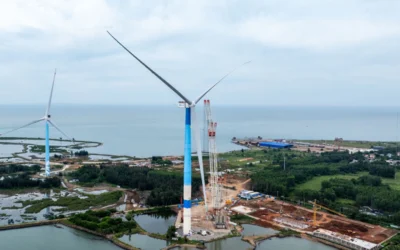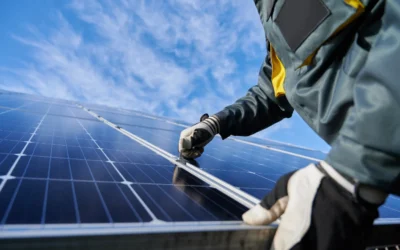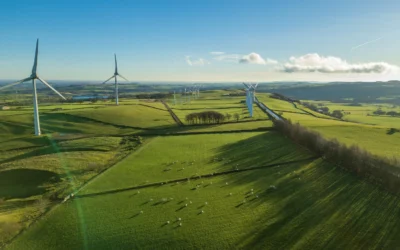The solar and broader renewable energy sector is experiencing unprecedented growth, according to recent data presented during the 7th Assembly of the International Solar Alliance (ISA) in New Delhi, led by Pralhad Joshi, India’s Minister for New and Renewable Energy and ISA Assembly President.
The rapid expansion of global solar capacity has emerged as a focal point of these reports, illustrating a significant leap from 1.22 gigawatts (GW) in 2000 to a staggering 1,418.97 GW in 2023. The World Solar Market Report, one of the four reports released, anticipates this capacity to potentially reach an impressive 7,203 GW by 2030, largely driven by international climate objectives aligned with the Paris Agreement.
One of the key revelations of these studies is the economic impact of the solar sector, reflecting a 44% year-on-year increase in employment, now supporting 7.1 million jobs worldwide. Furthermore, solar manufacturing is expected to surpass demand, thanks in part to declining costs and efficiency improvements. Notably, the cost of producing solar energy has plummeted, with the global average cost of utility-scale solar photovoltaics falling by 90% to $0.044 per kWh.
The ISA Assembly also launched reports that underscored technological progress, particularly in enhancing the efficiency of solar photovoltaic (PV) modules, which now boast a record efficiency of 24.9%. Such progress has reduced silicon usage per watt by a significant 88% since 2004.
Accompanying these technological insights, the World Technology Report emphasised advances in the sustainability and affordability of solar technology, showcasing how these developments are pivotal in solar’s growing dominance in the renewable energy landscape.
In terms of investment trends, the World Investment Report forecasts a remarkable rise in global renewable energy investments, expected to soar to $3.1 trillion by 2024 from $2.4 trillion in 2018. Solar energy occupies a commanding 59% of this investment pie, with the Asia-Pacific region leading the charge, having poured $223 billion into solar ventures alone in 2023.
The launch of the Green Hydrogen Readiness Assessment for African Countries introduced another dimension to the renewable energy discourse. The report explores the capacity of green hydrogen, produced via renewable-powered electrolysis, to decarbonise industries like steel and fertilisers, which traditionally rely heavily on fossil fuels. It identifies green hydrogen as a transitional vector critical for sustainable energy development, particularly for resource-endowed African nations.
These discussions and presentations were part of a broader high-level conference on clean energy technology, held in collaboration with several key partners including the Asian Development Bank and the International Solar Energy Society. Addressing the assembly, ISA Director General Dr. Ajay Mathur expressed optimism about the future, noting the vital role of clean and efficient technologies in achieving fossil fuel reduction targets ahead of key climate summits such as COP29.




